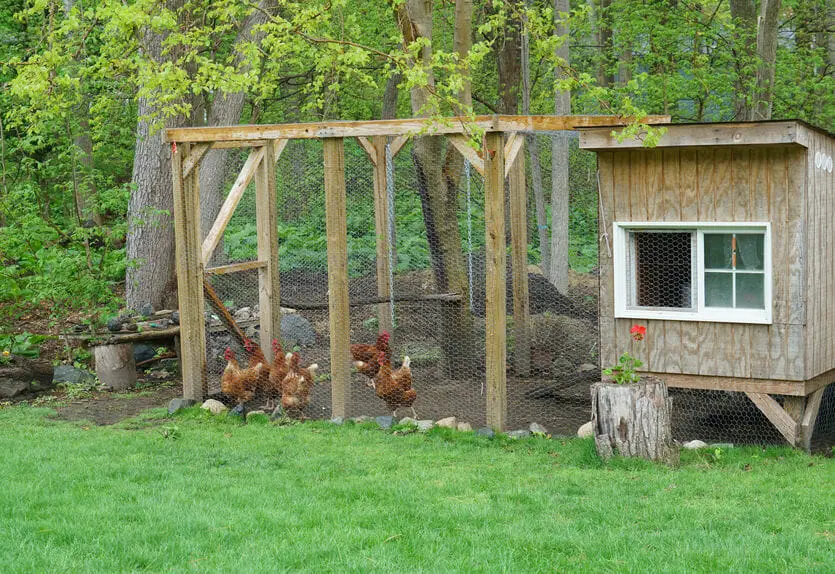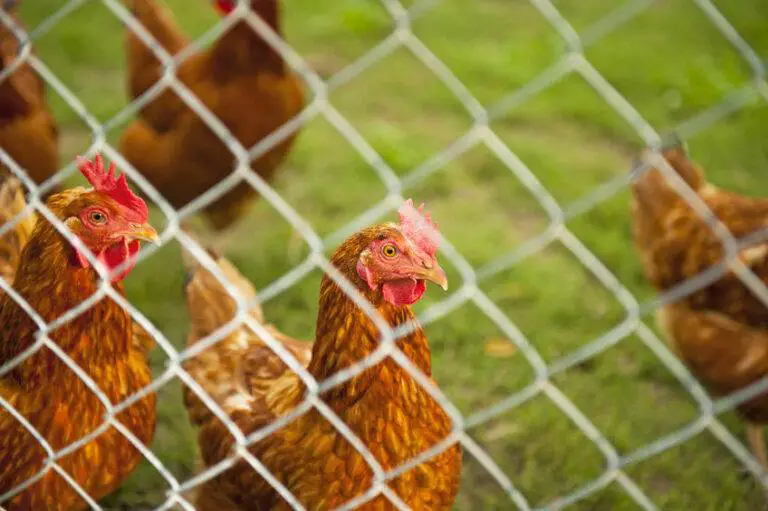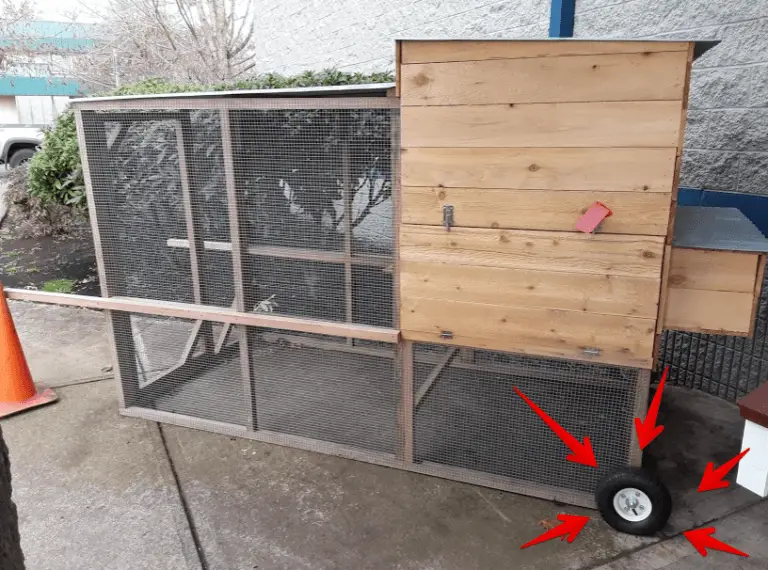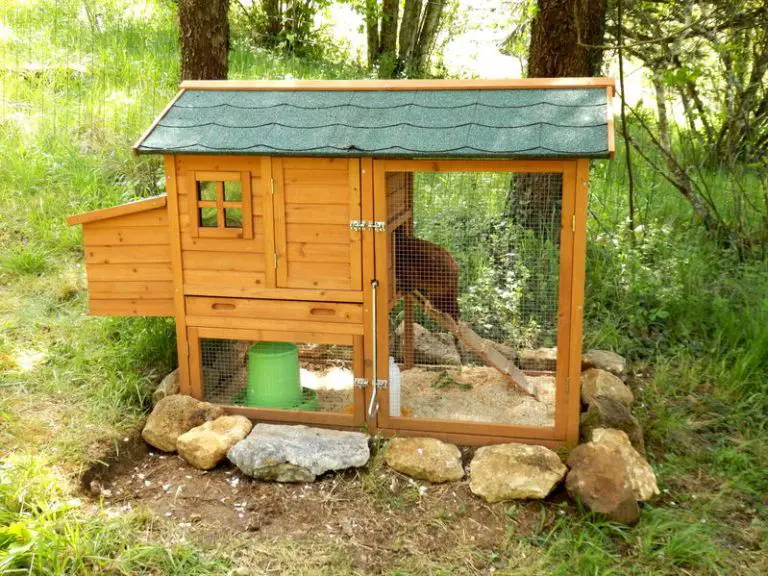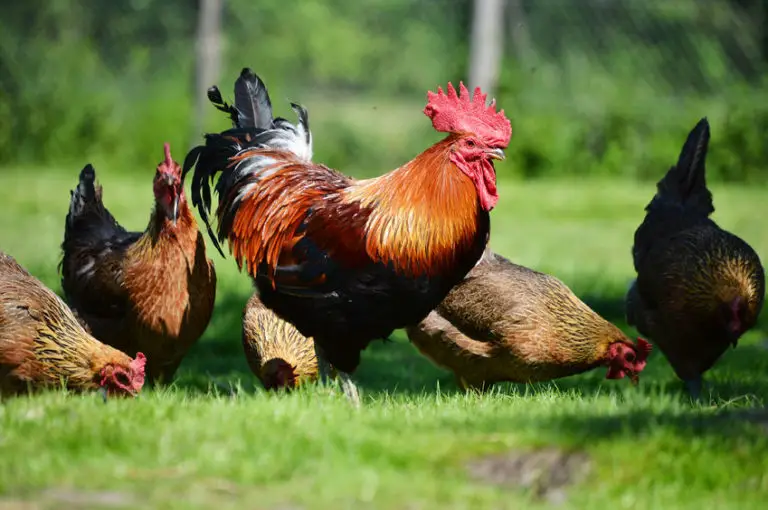Chicken Coop Placement – What You Need To Know
Just bought or made a stunning chicken coop? It’s a very exciting time! One of the decisions you’ll have to make in regards to your fancy new coop is its placement.
Location is an element that needs to be decided after taking numerous considerations into account. Just like you plan extensively before purchasing land for your house, the location of a chicken coop plays a crucial role in their happiness, health, and safety!
So what makes for good chicken coop placement?
We cover the main factors to take into account, including light, safety, convenience, catering to what chickens love and need in the coop, and what to watch out for. Let’s get to it!
-
Sunlight
Striking a nice balance between too much sunlight and too little is the goal. With too much sun in the coop (and not enough ventilation), it can get too warm for your flock. With too little light, egg production may be affected.
Temperature isn’t the only factor. The right amount of sunlight helps to maintain or improve egg production.
-
Grass
There are many benefits of having fresh grass underneath the coop. Chicken coops placed in the grass allows the chickens to continuously fertilize the grass. This is not only good for the grass but for your chickens we well since they’ll have more access to the worms, grubs, and insects, which are excellent protein sources for your flock.
If you have a mobile coop or chicken tractor, it can be moved to fresh grass daily if desired.
-
A Place for a Dust Bath
One way to help your chickens maintain proper hygiene is by placing the run and/or coop over dirt. They will dig and scratch out area in the ground until there is enough soft tilth to “bathe” in, which really just means covering themselves in the dust!

Also, a good dust bath helps chickens rid themselves of parasites, mites, etc. If you place your coop/run over grass, consider making a container in the coop that can be used for a dust bath.
An old tire will work great, filled with diatomaceous earth or similar ingredients. For other ideas on effective dust baths, check out this pin.
In regards to coop placement, either option above will work nicely. Just remember if you have a mobile coop, you’ll need to move the dust bath container each time you reposition your coop.
-
Away from Predators
Placing your coop or run on hard, solid ground can help to prevent predators like foxes, coyotes, etc. from burrowing in the ground and reaching your chickens easily. But it won’t always deter a hungry invader.
That’s why taking other measures, like predator proofing your coop, can reduce or eliminate predation.
Possible ideas:
- Place your run or coop in the corner of your yard where it’s fenced in, next to a building, fence, or other structure on your property.
- If predation is a major issue in your area, consider predator proofing your coop by adding large rocks around the coop and run to make it difficult to access the coop at all.
- Other predator proofing ideas include adding a hardware cloth skirting around the base of the run or coop, which prevents fox, mink, or other critters from digging into it. See this pin or article for details.
-
Convenience
You will have to visit your chicken coop at least once or twice a day, so it’s smart to pick a location that would benefit everyone!
We know this firsthand as our coop is located a bit farther out and we found it a bit more of a hassle going out to check on the hens. Although when we collect the eggs and say hello to them, it makes it worthwhile.
Having said that…we’d prefer it closer to the house ?
On the flip side of the coin, many people like having their coop further away from their homes to reduce odors, flies, and the sounds of squawking chickens.
These are a few points to consider and really just boil down to your own personal preferences.
-
Cleaning
You will also have to take cleaning into consideration since the coop will need to be scooped out or disinfected from time to time; So choosing a location that is perfect for this purpose is ideal. However, if you’re using the deep litter method, you’ll be cleaning out your coop a lot less. It’s what we use and highly recommend.
-
Odors and Insects
As mentioned earlier, the convenience of having your coop close to the home has some major advantages.
But it’s good to keep in mind that having it too close can have some disadvantages as well. These include insects, flies, and the potential for odors, none of which any of us want.
As with anything, there are ways to mitigate potential problems like this so if you’re wanting your flock close to you, go for it! With proper precautions taken in the coop, smells, rodents, and bugs can be greatly reduced so you won’t have to contend with them in your own home.
-
Wind and Climate
The wind is both a blessing and a curse. Winds in the summer cool the coop down, but if you live in a cold climate, they will also make it hard to stay warm (unless you insulate your coop).
Ideally, you’ll want your coop placed where it’ll be cooler in the summer and also out of the intense winter weather conditions.
Generally speaking, the most dominant wind direction is east to west (at least in the US) so aligning your chicken coop windows on this plane will allow for more airflow in the summer.
Then in the winter, (when the winds are from the north), it will minimize the impact of these winds. If you’re interested in finding out what direction the prevailing winds are in your area, check out the National Resources Conservation Service (NRCS) website.

In looking at the big picture, though, as long as your coop is well built, reasonably well sealed, and stays dry, your chickens will most likely be fine regardless of how much of a “weather beating” your coop takes or where it’s positioned.
-
City Regulations and Neighbors
You’ll want to check with your local city or county regulations on chicken coops to make sure you can have one at all and, if so, where it can be located. Some cities may prohibit a coop too close to a neighboring property or have other restrictions.
Although it’s not necessary, it’s not a bad idea to chat with your neighbors about your plans to have chickens and that you want to be respectful of placement. If you sense resistance to the idea, maybe offer them a few fresh eggs once in a while. It can never hurt to be neighborly!
-
Other Factors
Other considerations to factor it is if your coop is positioned on a hill or if there are trees near the coop. A coop positioned at a higher elevation with no or few trees near it will be much more exposed than a coop that is placed in a thickly wooded area.
Closing Thoughts
In conclusion, all the above-mentioned factors are important in safeguarding the health and happiness of your chickens.
We hope we’ve provided some useful information about where to position your coop. It’s by no means an exhaustive list but covers many of the most important aspects to consider when determining placement for your coop.
Thanks for stopping by and happy “chickening!”
Like this post? Pin it

